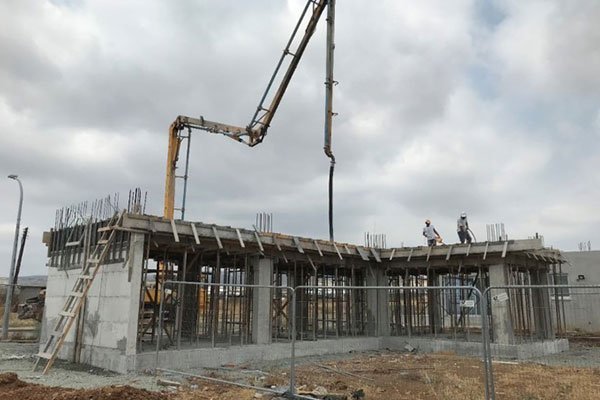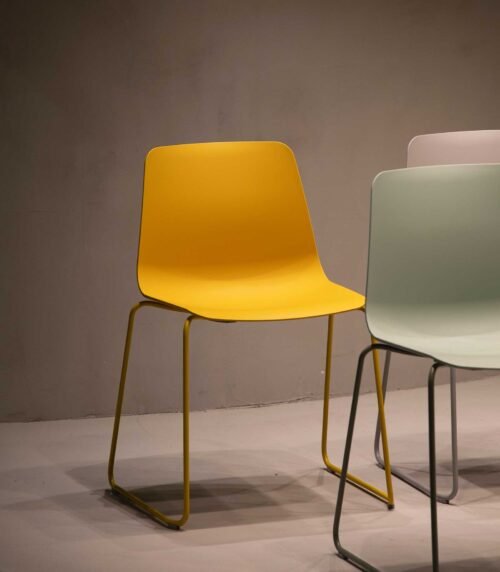Solar Parks
Photovoltaics is one of the most promising technologies of the new era in the field of energy.

The gradual increase of small generators can effectively meet the steady increase in electricity demand which would otherwise have to be met by new power plants with all the environmental and economic impacts.
Advantages of Solar Panels
- Zero pollution
- Silent mode
- Reliability and long service life (up to 30 years)
- Dependence on fuel supply for remote areas
- Expandable as needed
- Minimal maintenance

Photovoltaic Systems for Home and Industrial Buildings
Photovoltaics offer scalable power and energy storage, eliminating the issue of discontinuous production. They give consumers control and access to energy data, promoting efficient energy use and savings.

Photovoltaics are functional as they offer scalability of their power and the possibility of storing the energy produced (in the network or in batteries) thus eliminating the disadvantage of discontinuous energy production. Giving the consumer complete control, and direct access to the data related to the produced and consumed energy, make him more careful in the way he consumes the energy and thus contribute to the rational use and saving of energy.

Exterior Thermal Insulation Systems

Thermal insulation helps maintain the desired indoor temperature by preventing external heat from entering in summer and keeping the cold air out in winter. It also preserves the warmth generated by radiators during colder months and keeps the cool air from air conditioners in the summer.
Advantages of external thermal insulation
- Energy saving
- Reduce the cost of cooling or heating systems
- Contribution to the protection of the environment
- Improving the quality of life
- Weather protection
- Increase the value of the building
- Maximum protection against cracks
- Mold control

Industrial Lighting & Architectural Lighting


Voltage Optimiser


Energy Management System


Air-condition systems


Contact us for an estimate
Subscribe to our free newsletter
Subscribe to our newsletter and be the first to know about our special offers, or even the recent work we have done!
* Add notice about your Privacy Policy here.






